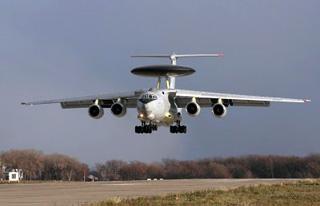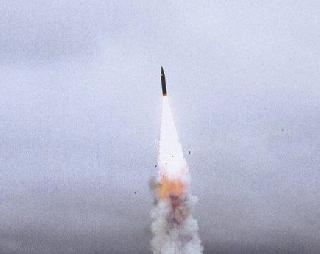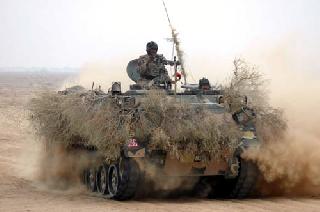
India's first Phalcon AWACS received in May 2009.
BANGALORE (PTI): India has just taken up development of the Rs 6,000 crore Airborne Warning and Control System (AWACS) that will have the capability to penetrate "longer distances" enemy territory by way of radars and electronic warfare systems without venturing into the region physically, a top defence official said Friday.
Scientific Advisor to Defence Minister, Secretary in the Department of Defence (R&D) and Director General of Defence Research and Development Organisation (DRDO) V K Saraswat said DRDO just started the programme, after clearance from the Government recently.
Asked how it's different from the indigenous Airborne Early Warning and Control (AEW&C) system, he said: "AWACS is a heavier and high endurance system, which can give you in terms of coverage about 360 degrees as against AEW&C which is about 270 degree coverage".
In addition, (compared to AEW&C) AWACS flies at a higher altitude and it can penetrate into the enemy territory -- not physically -- (but) by way of radars and EW (electronic warfare) systems to longer distances and it can be in sky for larger durations, besides giving better visibility.
"Both have a role. All over the world, people have AEW&C and AWACS in a tandem mode because each one does its role and that's what our country is also doing", Saraswat said.
He said two AEW&C aircraft would be ready this year, adding, "By 2014, we will complete delivery of all the three aircraft (AEW&C) to Indian Air Force".
Meanwhile, Saraswat also said that the DRDO has conducted a flight of "guided bomb". "It's a bomb which can fly for about 40-50 or even more kilometres in a guided mode and it can be released from an aircraft".
He said the guided bomb is a totally indigenous effort, from designing, development and realisation including explosive content in them, as also guidance and control.
 Previous Article
Previous Article Next Article
Next Article













The Indian Air Force, in its flight trials evaluation report submitted before the Defence Ministry l..
view articleAn insight into the Medium Multi-Role Combat Aircraft competition...
view articleSky enthusiasts can now spot the International Space Station (ISS) commanded by Indian-American astr..
view article